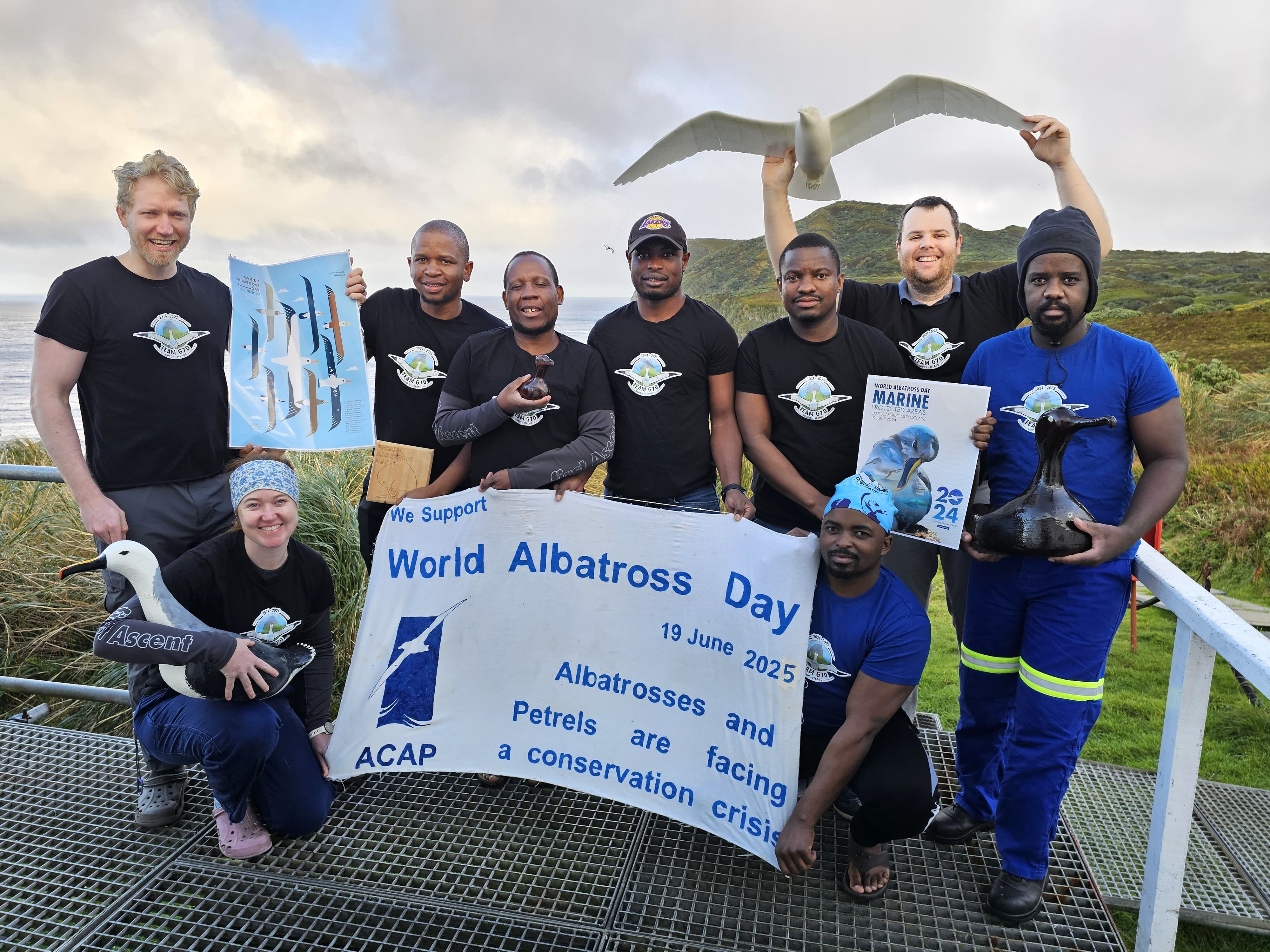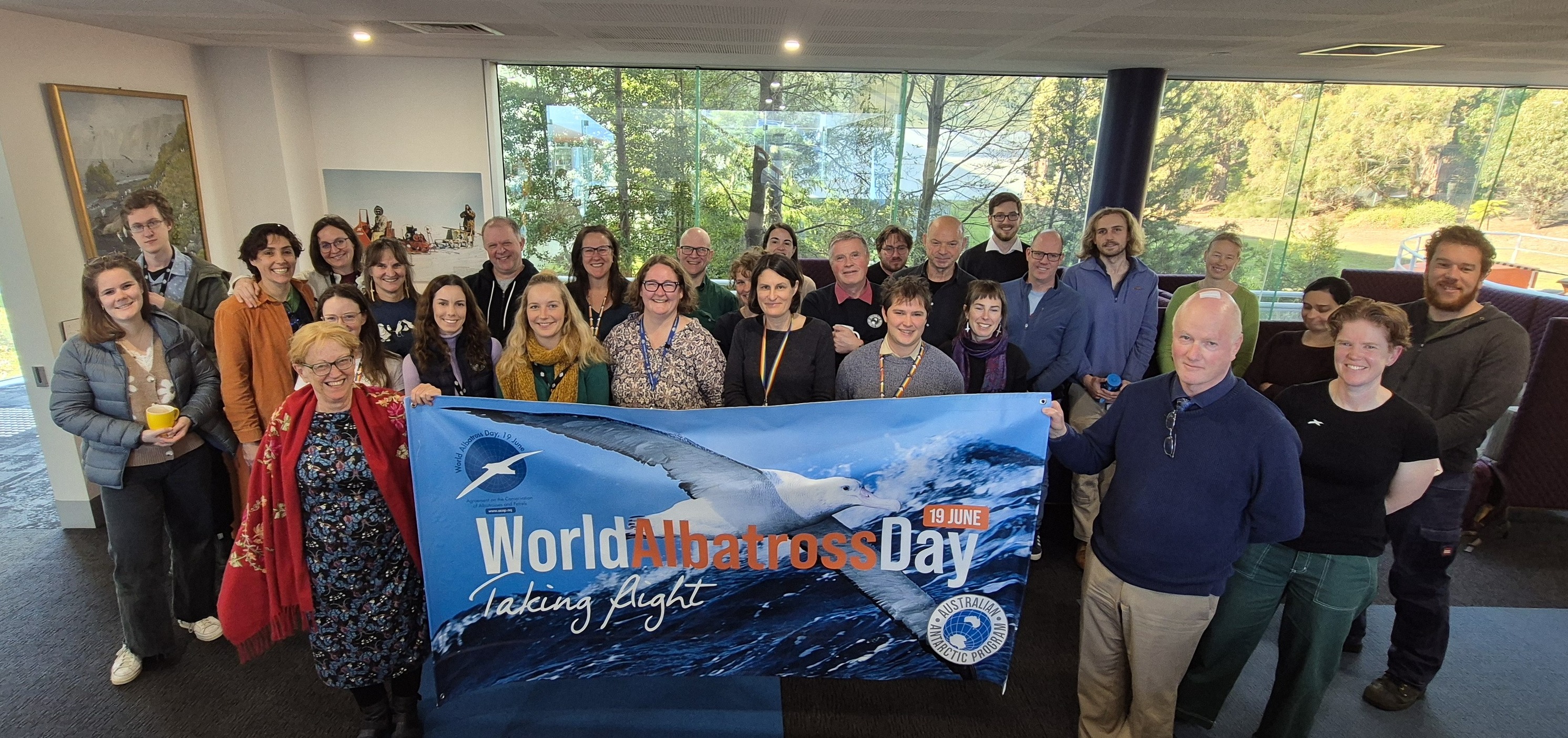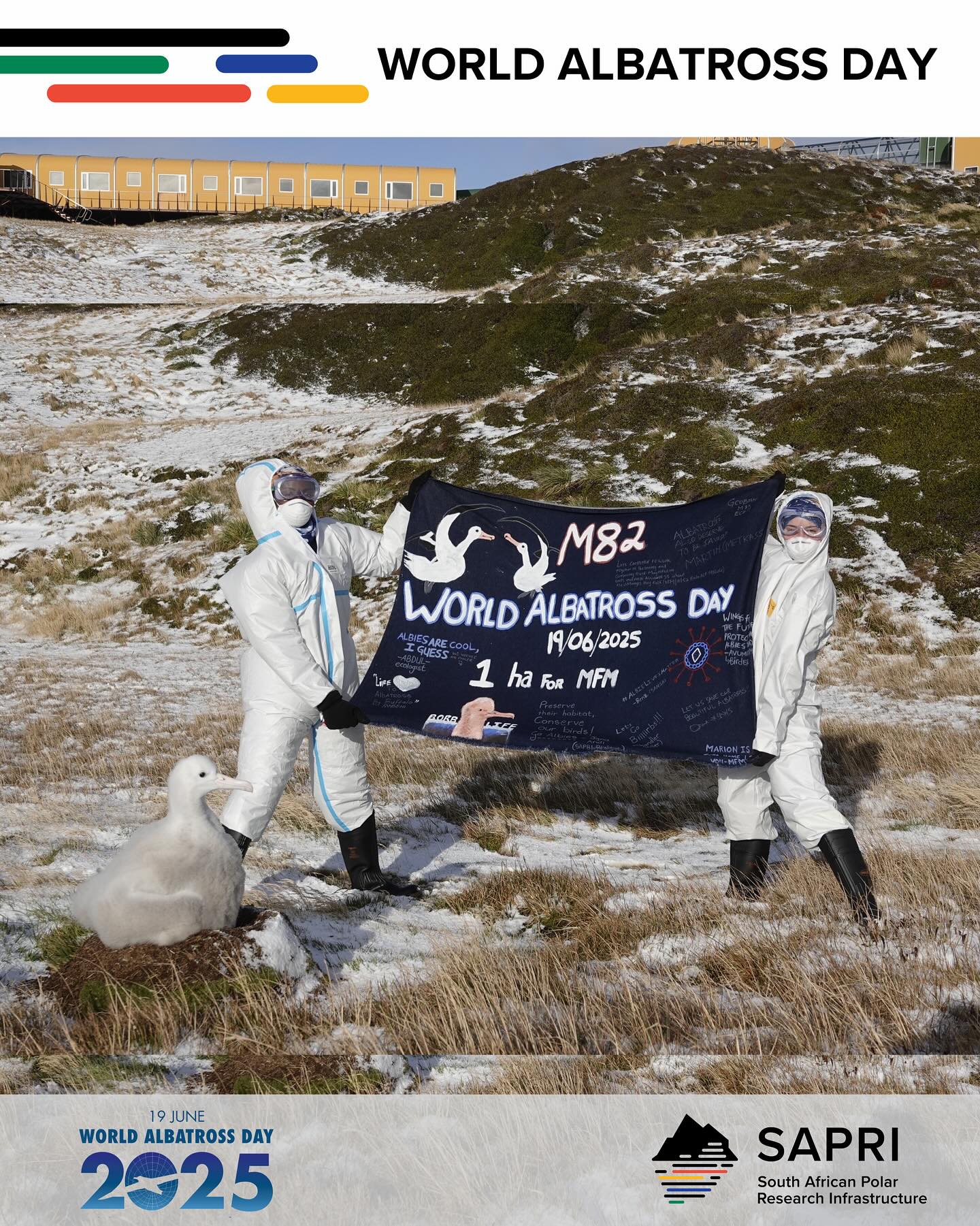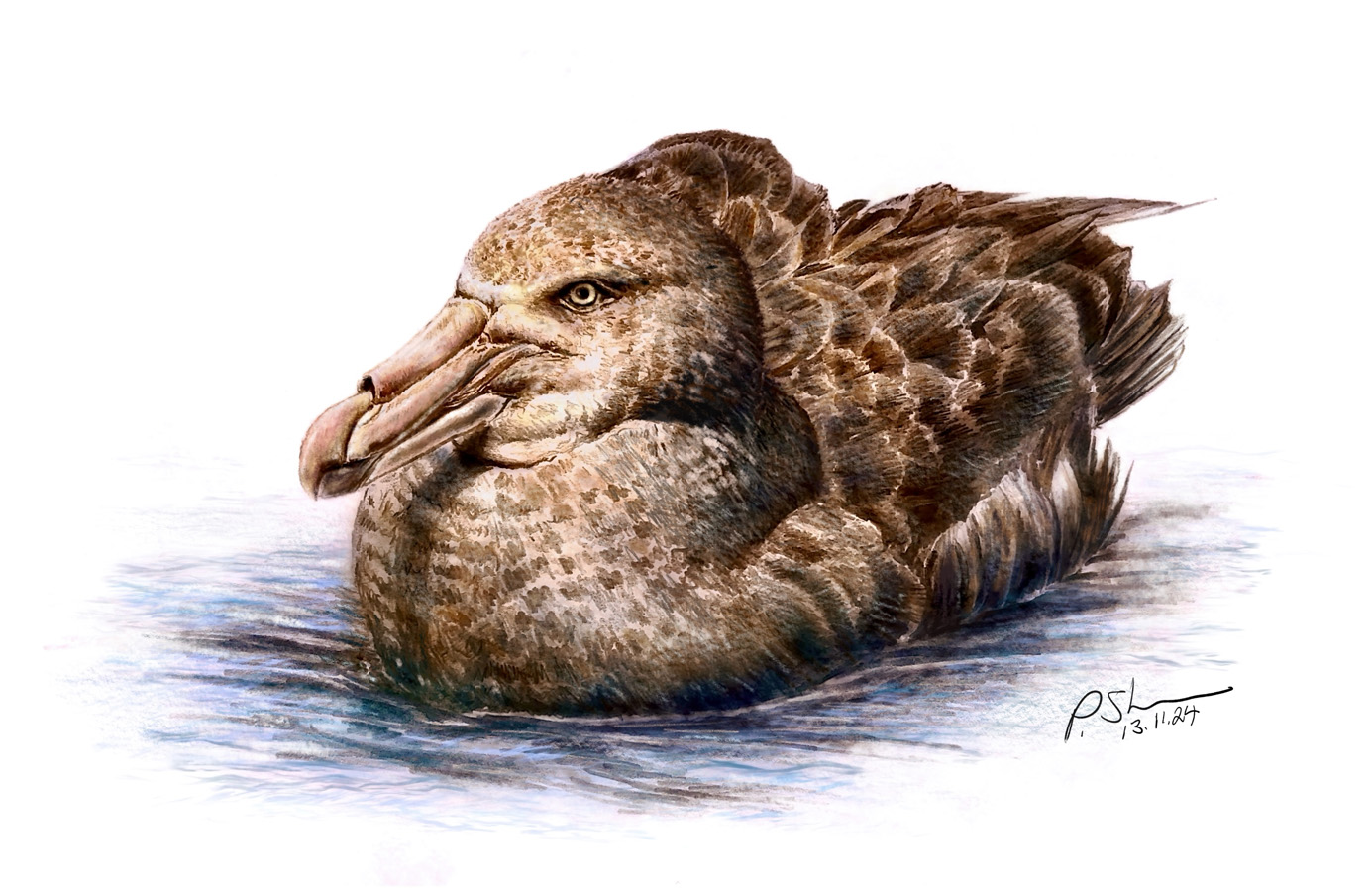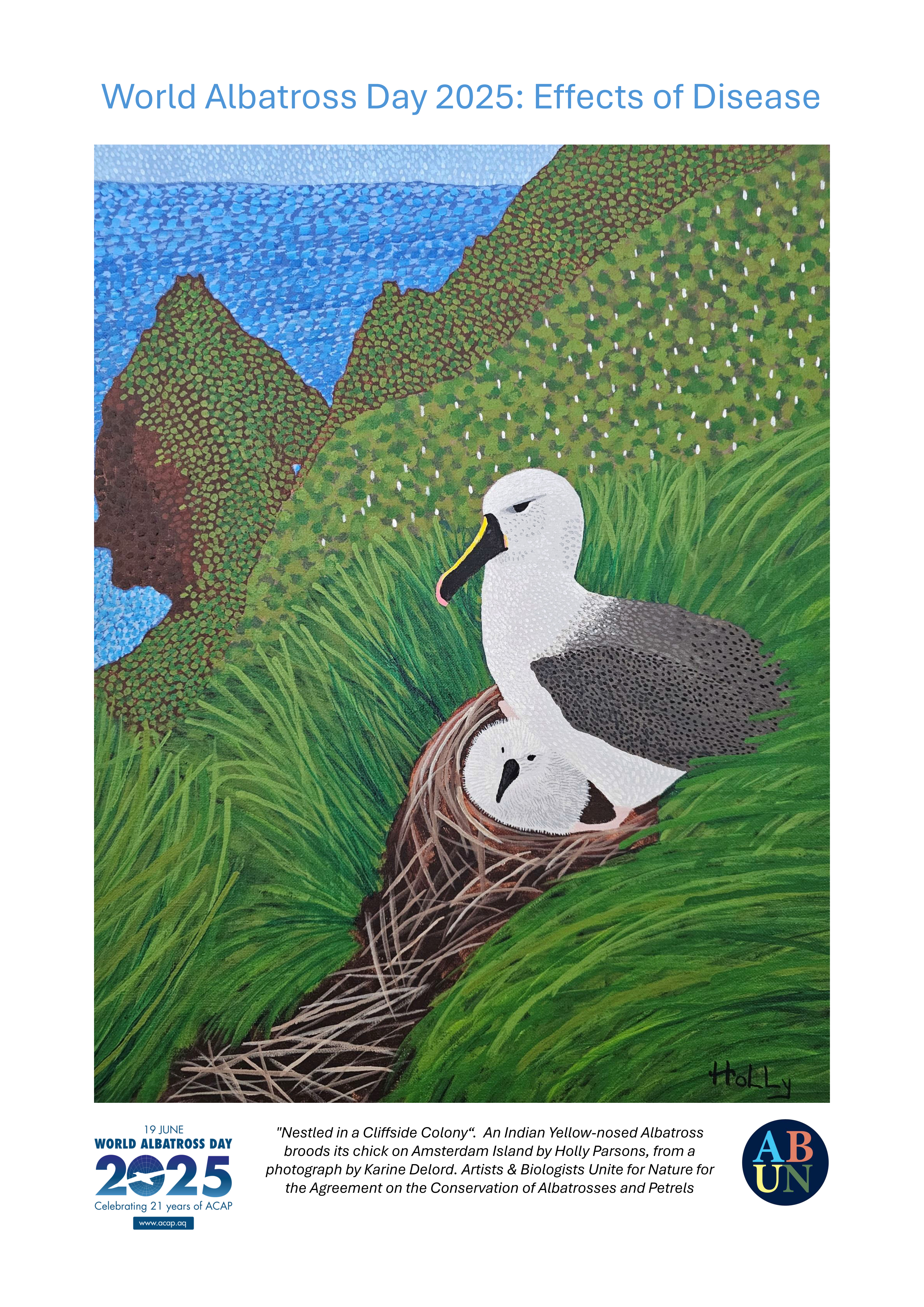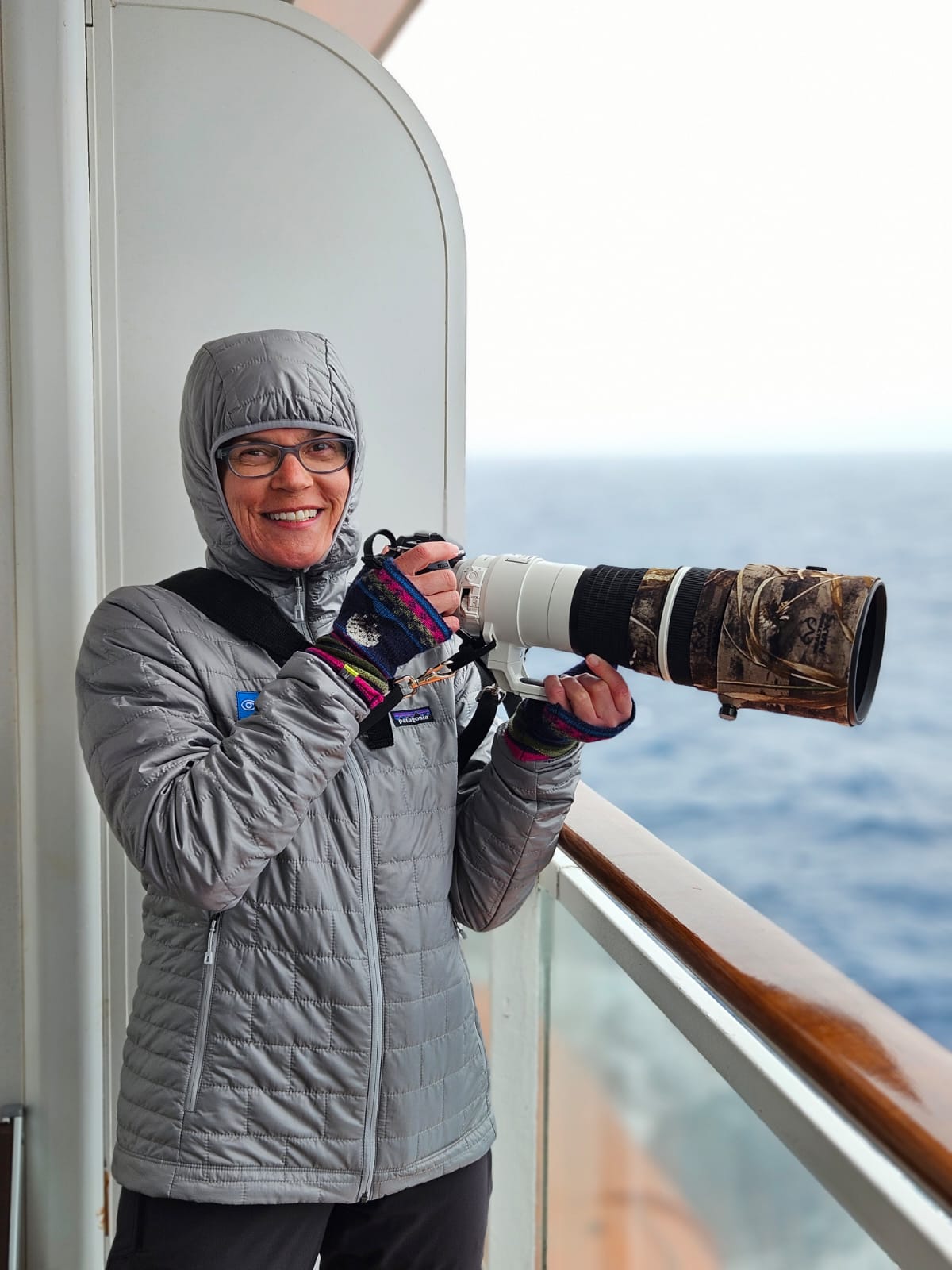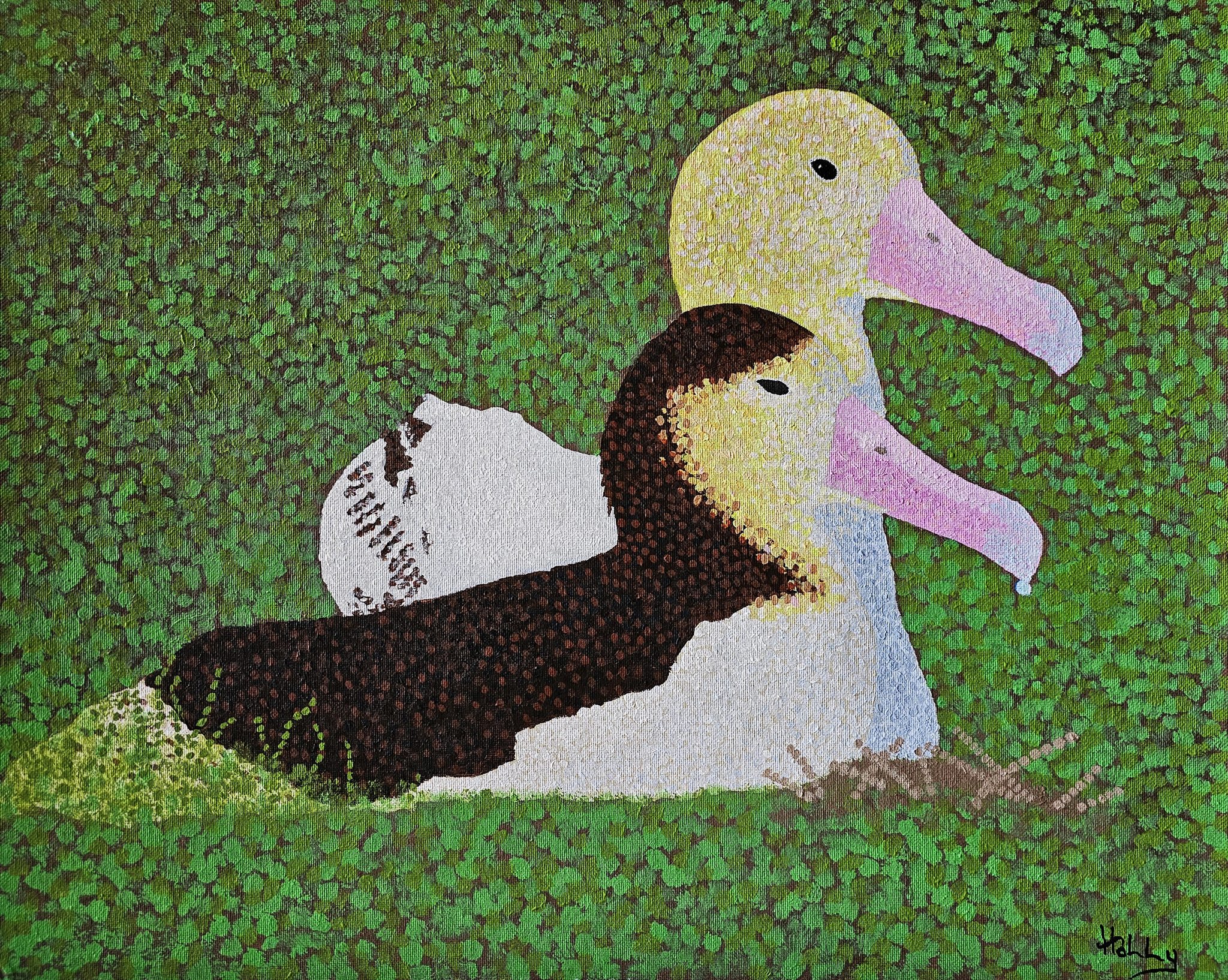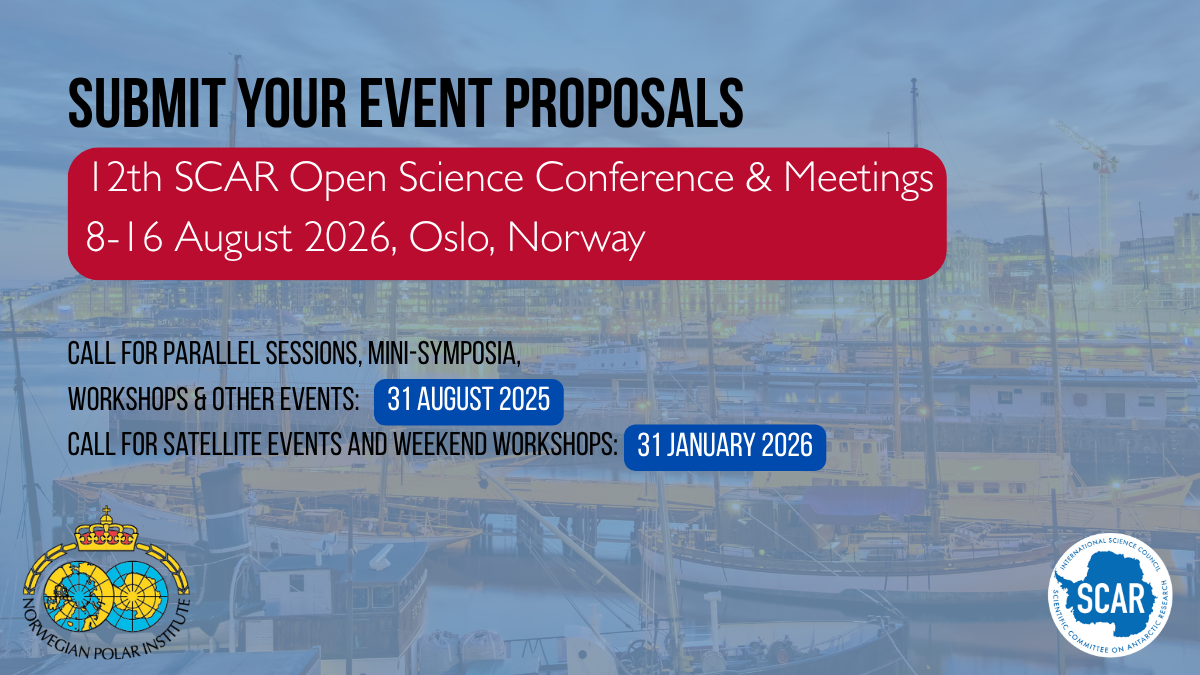
The 12th Scientific Committee on Antarctic Research (SCAR) Open Science Conference will be held in Oslo, Norway, from 10-14 August 2026, hosted by the Norwegian Polar Institute. The conference will feature an interdisciplinary programme that includes plenary lectures, parallel sessions, mini-symposia, workshops, panel discussions, posters, and social activities.
SCAR and the Norwegian Polar Institute invite you to express your interest in proposing a
- New parallel session or convening a session from the draft list,
- mini-symposium,
- workshop,
- other event.
This is an excellent opportunity to contribute your expertise and insights and engage with the broader Antarctic research community.
The deadline for submitting your interest is 31 August 2025. Submission is open to proposals from all fields within Antarctic science, and we encourage innovative, cross-disciplinary sessions. If you wish to suggest a new event, please provide the title, a brief description, and the names of potential convenors or speakers.
Note that spaces for events are limited, and selections will be made based on the relevance and potential impact of the proposals. Please submit your proposals here.
Satellite Events & Weekend Workshops (8–9 & 15–16 August 2026)
The weekends before and after the conference (8–9 August and 15–16 August) are available for hosting satellite events and additional workshops. We encourage the entire Antarctic science community to use this opportunity to bring together their organisations, collaborations and teams.
Note that space is limited and will be reviewed first and then allocated on a first-come, first-served basis. The deadline to submit your expression of interest is 31 January 2026.
Please submit your proposals here.
John Cooper, Emeritus Information Officer, Agreement on the Conservation of Albatrosses and Petrels, 30 June 2025

 English
English  Français
Français  Español
Español  Members of Marion Island’s 82nd Overwintering Team with their World Albatross Day 2025 banner, replete with individual messages and the welcome news they have sponsored a hectare to the
Members of Marion Island’s 82nd Overwintering Team with their World Albatross Day 2025 banner, replete with individual messages and the welcome news they have sponsored a hectare to the 
